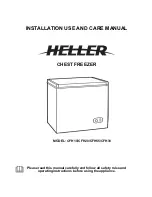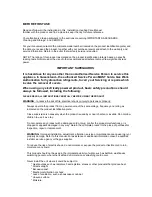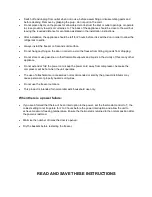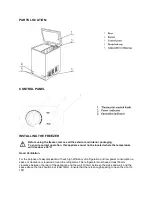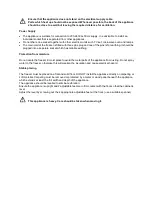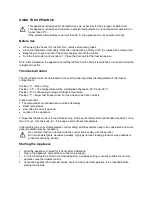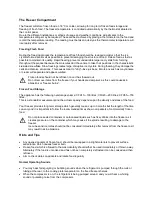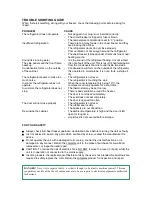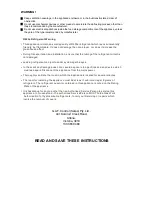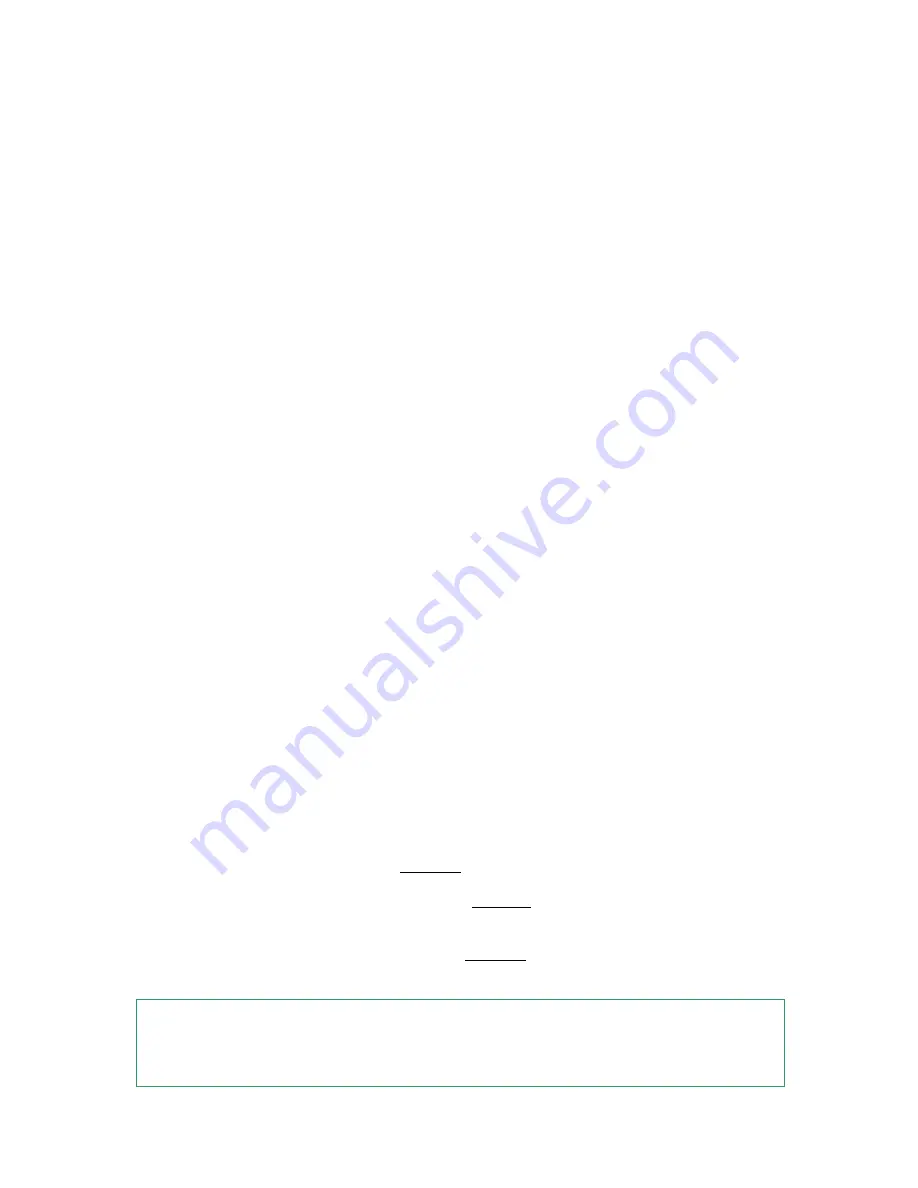
TROUBLE SHOOTING GUIDE
When there is something wrong with your freezer, check the following points before asking for
repair.
PROBLEM
CAUSE
The refrigerator does not operate
-
Not plugged in or plug is not inserted correctly.
-
The circuit breaker is tripped or fuse is blown.
-
The temperature control knob is set to “0” position.
Insufficient refrigeration
-
There are too many foods in the chest freezer and they
are blocking the airflow.
-
The refrigerator doors do not close properly.
-
Poor ventilation or not enough around the refrigerator.
-
The chest freezer is placed under direct sunshine or near
heating source.
Sound like running water
-
It is the sound of the refrigerant flowing. It is not a fault
The side panels and the front frame
heats up.
-
It is not a fault of the unit. This is result of heat dissipation
from the condensers that are found inside two sides.
Condensation forms on the outside
of the cabinet.
-
Condensation will form on the outside of the refrigerator
if is operated in moist areas. It is not a fault, just wipe it
dry.
The refrigerator seems to make too
much noise.
-
The refrigerator is not level.
-
The refrigerator is touching the wall.
In winter, the refrigerator does not
operate.
-
When the room temperature is below 10°C, the
compressor will only operate for a short time.
In summer, the refrigerator does not
stop.
-
The thermostat may be set too low.
-
There is bad ventilation around the freezer.
-
The door is not closed completely.
-
The seal does not seal completely.
-
The door is opened too often.
The door will not close properly
-
The refrigerator is not level.
-
The rubber seal is dirty.
-
The baskets are out of position.
Dew inside the cabinet.
-
The ambient temperature is high and the door is left
open for long time.
-
Liquid food is not covered before storage.
FOR YOUR SAFETY
•
Always check full chest freezer operation as detailed above before returning the unit as faulty
•
It is not advised to loosen any parts which are fixed by screw, contact the manufacturer for
advice.
•
Do not operate the unit with a damaged cord or plug, or after the unit malfunctions, or is
damaged in any manner. Return the complete unit to the place of purchase for in-warranty
replacement, or inspection and repair.
•
CAUTION: To reduce the risk of electric shock, DO NOT remove the cover (or back) whilst the
unit is in operation or connected to the mains supply.
•
In some products, the replacement of flexible cords by the user is not intended. Special tools are
required to safely replace the cord. Return the complete product for inspection and repair.
DANGER!
Never try to repair a faulty – or what is thought to be a faulty machine yourself. This can
jeopardize your life or the lives of subsequent users. Leave repairs to electrical equipment to authorized
technicians.

